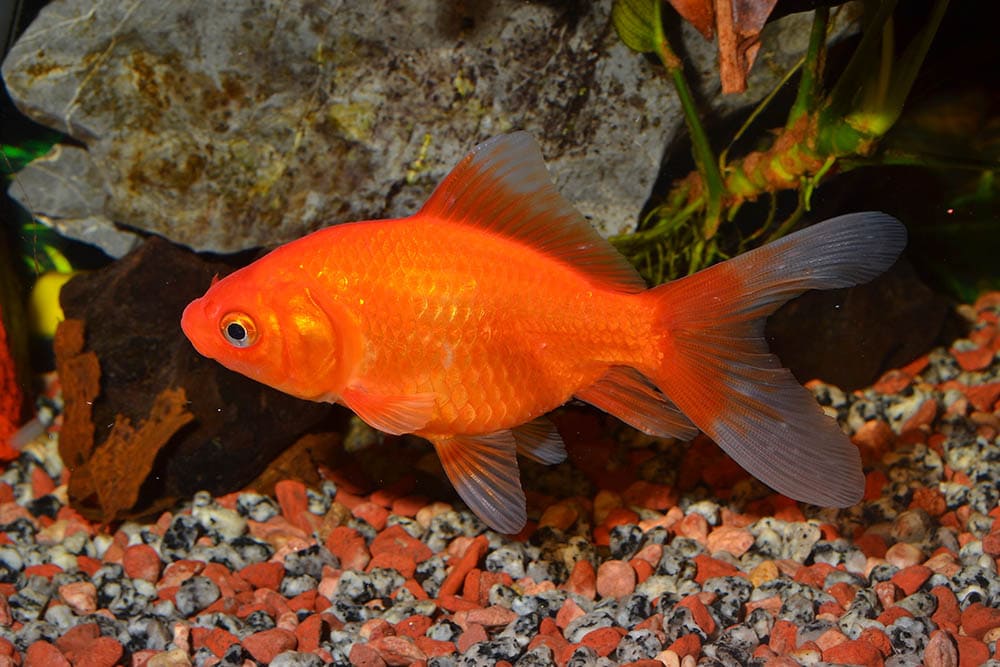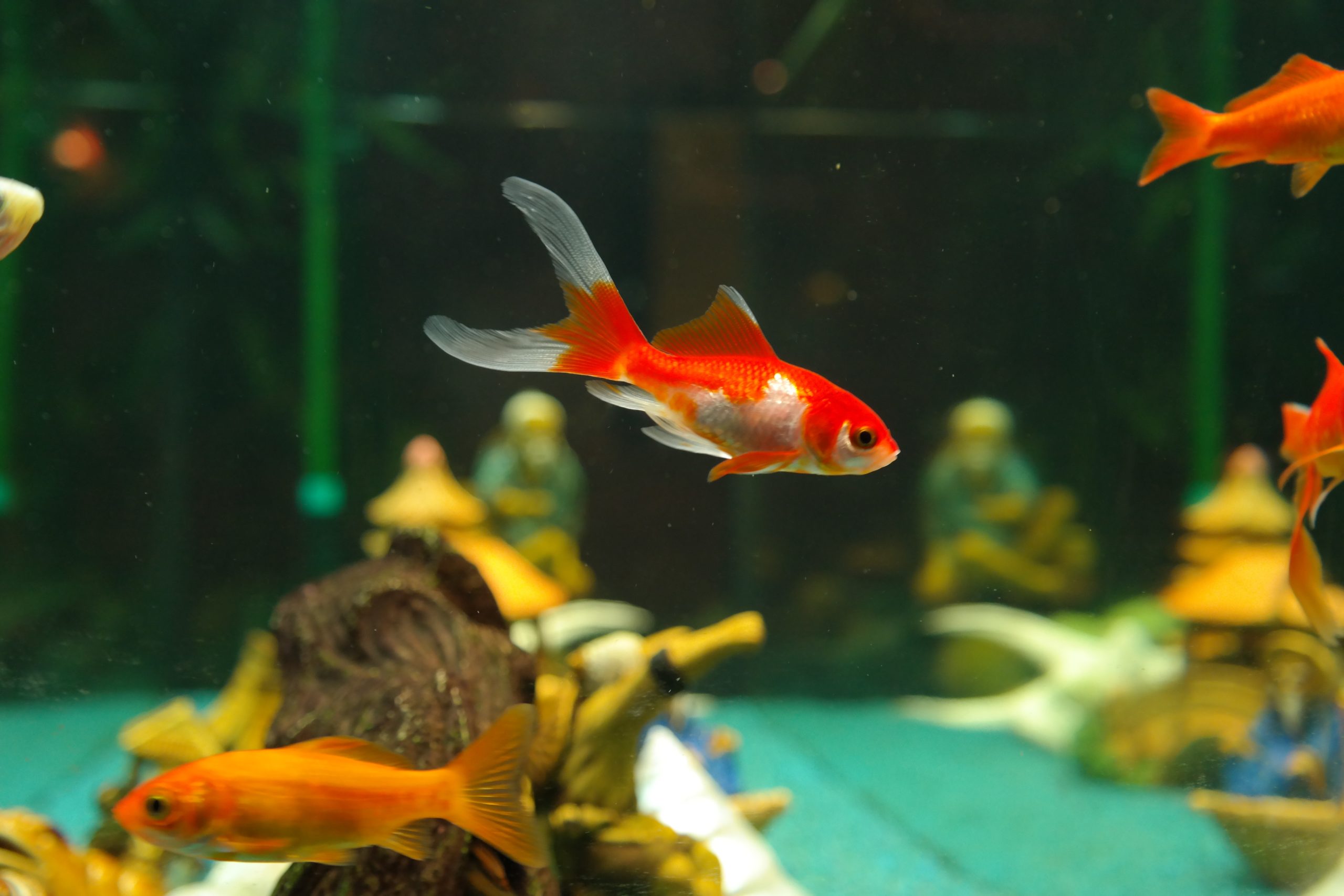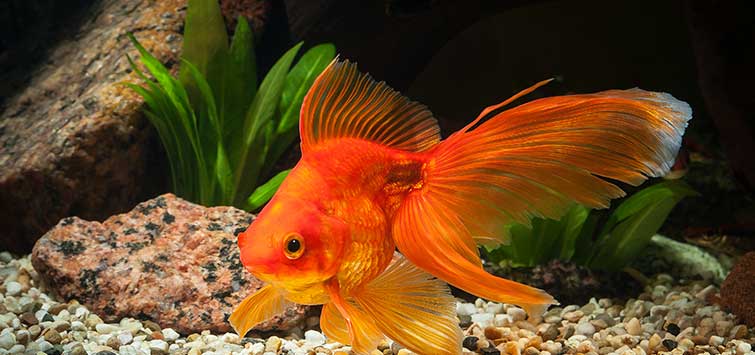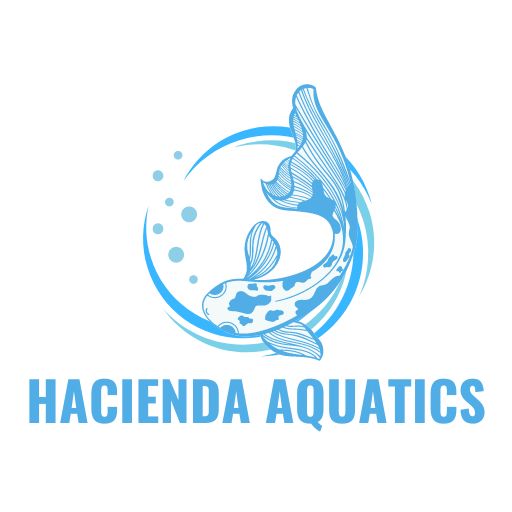Aquatic Knowledge
How to Take Care of a Gold Fish: A Complete Guide for Beginners
Goldfish are one of the most popular and beloved pets worldwide. Their vibrant colors and graceful swimming make them a joy to watch. However, despite their popularity, many people underestimate the care they require. How to take care of a gold fish involves more than just dropping them into a bowl and feeding them flakes. If you’re wondering how to provide the best care for your goldfish, you’re in the right place! Let’s dive into the essentials of keeping your goldfish happy, healthy, and thriving.
Understanding the Basics of Goldfish Care

Before we get into the specifics, it’s important to understand a few things about goldfish. They’re not just simple creatures that can survive on minimal care. Goldfish can live for over 10 years if properly cared for, and they need more space and attention than many expect.
Goldfish Aren’t Just for Bowls
Contrary to popular belief, goldfish bowls are not ideal for their long-term health. Goldfish grow bigger than many expect, and they need ample space to swim and thrive. So, if you want to know how to take care of a gold fish properly, it starts with providing them with enough room.
How to Take Care of a Gold Fish: Essential Steps
Now, let’s go step by step on how to care for your goldfish. Whether you’re a new goldfish parent or someone looking to improve their fishkeeping skills, these guidelines will help you.
Choosing the Right Tank Size
One of the biggest misconceptions about goldfish is that they can live in tiny bowls. This is far from the truth. Goldfish need a spacious environment to swim and grow.
- Recommended Tank Size: A single goldfish should have at least 20 gallons of water. If you’re planning on having more than one, aim for an additional 10 gallons per fish.
- Shape of Tank: Long tanks are better than tall ones, as goldfish need horizontal swimming space.
Setting Up the Goldfish Tank

Now that you have the right tank, setting it up correctly is crucial for your goldfish’s health and happiness.
- Add a Filter: Goldfish are messy eaters, and they produce a lot of waste. A good filtration system is necessary to keep the water clean and prevent harmful toxins from building up.
- Aquarium Substrate: Add gravel or sand to the bottom of the tank. Not only does this make the tank more aesthetically pleasing, but it also provides a place for beneficial bacteria to grow.
- Decorate with Plants and Ornaments: Goldfish enjoy having places to explore and hide. Be careful with sharp decorations that could injure their delicate fins.
Maintaining Water Quality
If you want to know how to take care of a gold fish, maintaining water quality is at the top of the list. Goldfish are very sensitive to water conditions, so regular maintenance is a must.
- Perform Regular Water Changes: Change 20-30% of the water in the tank weekly. This helps remove waste and toxins while keeping the water clean.
- Use a Water Conditioner: Tap water contains chlorine, which is harmful to goldfish. Always use a water conditioner when adding new water to the tank.
- Test Water Parameters: Regularly test for ammonia, nitrites, and nitrates. These compounds can build up quickly in a goldfish tank and lead to health problems.
Feeding Your Goldfish Properly

One of the most enjoyable parts of having a goldfish is feeding them, but it’s important not to overdo it!
What to Feed a Goldfish
- Goldfish are omnivores, so their diet should include both plant-based and protein-rich foods.
- Pellets and Flakes: Choose high-quality goldfish pellets or flakes as the base of their diet. Pellets are generally better as they sink, reducing the risk of your goldfish gulping air at the surface, which can lead to swim bladder issues.
- Fresh Vegetables: Blanched peas, zucchini, and spinach are great plant-based foods to add to their diet.
- Protein Sources: Offer protein-rich treats like bloodworms or brine shrimp occasionally.
How Often to Feed
- Goldfish don’t need to be fed more than twice a day. In fact, once a day is often sufficient.
- Portion Control: Only feed what your goldfish can consume in 2-3 minutes. Any uneaten food should be removed to avoid water contamination.
Monitoring Goldfish Health
Keeping an eye on your goldfish’s behavior and appearance will help you catch any potential health issues early.
- Healthy Goldfish: Your goldfish should be active, with vibrant coloring and smooth swimming motions.
- Signs of Illness: Watch out for clamped fins, sluggishness, or white spots on their body, which could be signs of common goldfish diseases like fin rot or ich.
Common Health Issues in Goldfish
Goldfish are prone to several common health issues, especially if their tank conditions aren’t ideal. Here are a few to look out for.
- Swim Bladder Disorder: This can cause your goldfish to float awkwardly or have trouble swimming. It’s often caused by overfeeding or poor water quality.
- Fin Rot: This occurs when a goldfish’s fins start to disintegrate due to poor water conditions or bacterial infections.
- Ich: White spots on your goldfish could indicate ich, a parasitic infection that is common but treatable with medication
Common Goldfish Diseases and How to Prevent Them

Knowing how to take care of a gold fish also involves recognizing when something is wrong. Goldfish are susceptible to a number of diseases, especially when their environment isn’t ideal.
Swim Bladder Disorder
This is a common issue caused by overfeeding or gulping air.
- Symptoms: The fish floats to the surface or has trouble staying upright.
- Treatment: Fast the fish for a day or two and feed blanched peas to help with digestion.
Ich (White Spot Disease)
Ich is a parasitic infection that appears as tiny white spots on the fish’s body and fins.
- Symptoms: White spots, lethargy, and rubbing against surfaces.
- Treatment: Raise the tank temperature slightly and treat with ich medication.
Decorating Your Goldfish Tank
Decorating the tank isn’t just about aesthetics. A well-decorated tank can improve your goldfish’s quality of life.
Substrate Choices
Goldfish like to dig, so choose a substrate that is smooth and won’t hurt them.
Gravel or Sand: Fine gravel or sand is ideal, as it’s soft and doesn’t trap food particles that can rot.
Plants and Hiding Spots
Live plants and decorations not only make the tank look great but also provide places for your goldfish to explore.
- Live Plants: Hardy plants like Java Fern and Anubias are goldfish-friendly and won’t be easily uprooted.
- Caves and Hiding Spots: Add some caves or rocks to give your fish places to hide when they feel stressed.
Maintaining Your Goldfish Tank

Regular maintenance is key to keeping your goldfish tank clean and healthy. Without it, ammonia and nitrate levels can spike, leading to health problems.
Weekly Water Changes
As mentioned earlier, changing about 20-30% of the tank water weekly keeps ammonia levels low.
Gravel Vacuuming: During water changes, use a gravel vacuum to remove uneaten food and waste from the substrate.
Filter Cleaning
Your filter does a lot of heavy lifting, so keep it clean.
How Often to Clean: Every 2-4 weeks, depending on how quickly it gets dirty.
Conclusion
Learning how to take care of a gold fish is an ongoing process, but by following these steps, you’ll ensure your goldfish lives a long, happy life. Remember, it’s all about providing the right environment, feeding them properly, and keeping their tank clean. Goldfish may be hardy, but they still need our care and attention to thrive. With the right balance, your goldfish will be a source of joy for many years.
FAQs
- How big should a goldfish tank be?
A goldfish tank should be at least 20 gallons for one fish, with an additional 10 gallons per extra fish. - How often should I feed my goldfish?
Feed your goldfish once or twice a day, only giving them what they can eat in 2-3 minutes. - Can goldfish live with tropical fish?
Goldfish are cold-water fish, so it’s best to avoid tropical fish that require warmer water. - How do I know if my goldfish is sick?
Signs of illness include lethargy, loss of appetite, and physical symptoms like white spots or fin damage. - What’s the best filter for a goldfish tank?
Choose a strong filter with mechanical, biological, and chemical filtration to handle the heavy waste load of goldfish.
